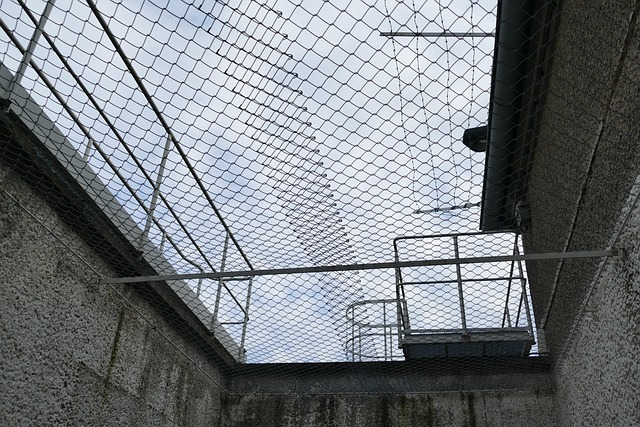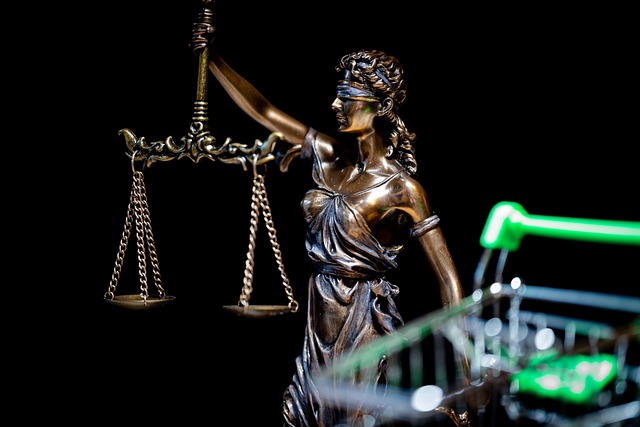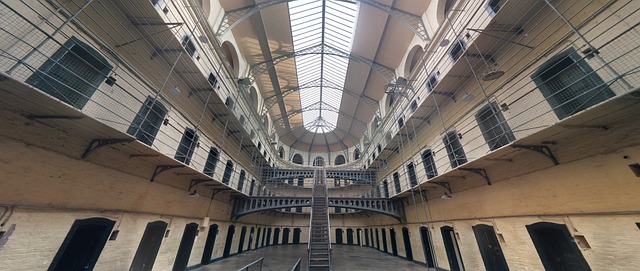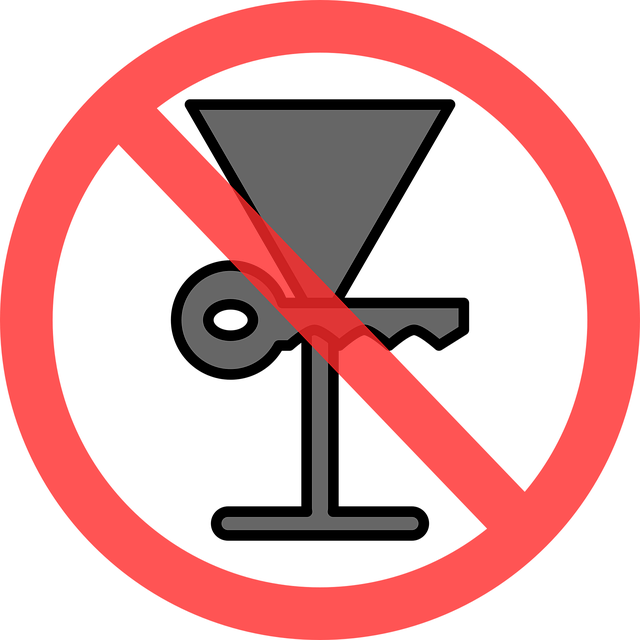Millennial DUI Awareness Campaigns target young drivers, educating them about property damage and legal liability risks of impaired driving. With unique risk patterns, Millennials face severe consequences including fines, jail time, and civil lawsuits for damages. These campaigns use technology and peer influence to promote responsible drinking, reducing property damage and fostering community accountability.
In the realm of automotive liability, understanding property damage resulting from DUI (drunk driving) is paramount. This article delves into the intricate web of legal implications and insurance coverage associated with such incidents, focusing on the unique driving trends among millennials. With Millennial DUI Awareness Campaigns gaining traction, it’s crucial to explore real-world case studies and prevention strategies targeting this demographic. By examining these aspects, we can enhance road safety and mitigate property damage risks.
- Understanding Property Damage DUI Liability
- Millennial Driving and Alcohol Consumption Trends
- Legal Implications of DUI for Property Damages
- Insurance Coverage for DUI-Related Accidents
- Prevention Strategies: Targeting Millennial Drivers
- Case Studies: Real-World Examples of DUI Liability
Understanding Property Damage DUI Liability

In many jurisdictions, property damage caused by individuals under the influence of alcohol or drugs is taken seriously due to the potential for severe consequences. Property Damage DUI Liability refers to the legal responsibility borne by an individual who operates a vehicle while intoxicated and subsequently causes harm to private or public property. This includes scenarios such as crashing into a parked car, damaging street signs, or causing fire damage to a building. Understanding this liability is crucial, especially with the rise of Millennial DUI Awareness Campaigns that aim to educate younger drivers on the dangers of driving under the influence. These campaigns highlight not only the personal risks but also the broader impact on communities, emphasizing the need for accountability and responsible drinking.
Legal repercussions can include compensation for property repairs or replacements, fines, and even jail time, depending on the extent of the damage and local laws. The onus is often on the driver to prove they were not impaired at the time of the incident, which can be challenging given the nature of DUI cases. Millennial DUI Awareness Campaigns play a vital role in fostering this understanding by encouraging responsible behavior and promoting awareness about the far-reaching effects of driving while intoxicated, including potential property damage liability.
Millennial Driving and Alcohol Consumption Trends

Millennials, typically defined as those born between 1981 and 1996, present unique challenges in terms of driving and alcohol consumption patterns. Research indicates that while this generation generally exhibits lower drinking rates compared to previous ones, they are not immune to alcohol-impaired driving. In fact, Millennial DUI (driving under the influence) rates have been a growing concern, prompting various awareness campaigns aimed at educating and deterring this demographic.
These awareness campaigns focus on highlighting the risks associated with combining alcohol and driving, emphasizing the potential for severe consequences. With technological advancements and widespread access to information, Millennials are more receptive to these initiatives. Social media platforms play a significant role in disseminating messages about Millennial DUI Awareness Campaigns, ensuring that the message reaches a broader audience.
Legal Implications of DUI for Property Damages

The legal implications of driving under the influence (DUI) extend far beyond personal injury and criminal penalties. In cases involving property damage, such as accidents that result in damaged vehicles, homes, or public infrastructure, individuals convicted of DUI can face significant civil liabilities. This is particularly relevant in today’s world, where Millennial DUI Awareness Campaigns have been instrumental in highlighting the devastating consequences of impaired driving.
Civil lawsuits for property damage caused by a DUI can lead to substantial financial burdens on the offender. The victim or their insurance company may seek compensation for repairs or replacement costs, medical expenses related to the accident, and even punitive damages. These legal repercussions serve as a powerful deterrent, emphasizing the need for responsible drinking and adherence to traffic laws, especially among younger drivers targeted by awareness campaigns.
Insurance Coverage for DUI-Related Accidents

In the aftermath of a DUI (drunk driving) incident, understanding insurance coverage becomes crucial for all involved parties, especially considering the potential property damage and legal liabilities. Millennial DUI Awareness Campaigns have played a vital role in educating younger drivers about the severe consequences of impaired driving, including the financial impact on their future.
Insurance policies typically cover damages resulting from DUI-related accidents, such as property damage to other vehicles or structures. However, the extent of coverage depends on the policy’s terms and conditions, as well as the specific circumstances of the incident. It is essential for drivers to review their insurance policies and understand the scope of protection against property damage claims arising from drunk driving offenses.
Prevention Strategies: Targeting Millennial Drivers

Millennials, typically defined as individuals born between 1981 and 1996, represent a unique demographic in terms of driver behavior and alcohol consumption patterns. This generation faces distinct challenges when it comes to property damage and DUI liability due to their higher inclination towards risky behaviors. To mitigate this risk, targeted Millennial DUI awareness campaigns are imperative.
These campaigns should focus on educating young drivers about the potential consequences of impaired driving, emphasizing the financial and legal implications, including property damage liabilities. Utilizing digital platforms, peer influence marketing, and interactive workshops can effectively engage Millennials in discussions around responsible drinking and safe driving practices. By promoting Millennial DUI awareness, communities can foster a culture of moderation and deterrence, ultimately reducing the instances of property damage related to drunk driving.
Case Studies: Real-World Examples of DUI Liability

In recent years, Millennial DUI awareness campaigns have shed light on the severe consequences of driving under the influence, especially within this demographic. These campaigns often highlight real-life stories and case studies to emphasize the impact of impaired driving. For instance, a young millennial driver, after a night out with friends, made a fatal decision to get behind the wheel, resulting in a catastrophic car accident that took the life of an innocent pedestrian. This tragic event not only led to legal repercussions but also sparked community initiatives to educate and prevent similar instances.
The case study above exemplifies how DUI liability can have far-reaching effects, impacting not just the individual responsible but also their community. As these awareness campaigns gain traction, we see a growing trend of young adults taking responsibility for their actions and understanding the importance of designated drivers or alternative transportation options. This shift in perception is crucial in reducing property damage and personal injuries caused by DUI incidents.
Millennial driving habits and alcohol consumption trends highlight a pressing need for targeted Millennial DUI awareness campaigns. As our society navigates the legal implications of DUI on property damage, understanding insurance coverage options becomes crucial. By examining real-world case studies, we can emphasize prevention strategies that foster safer driving behaviors among younger adults. Through these efforts, we strive to reduce the devastating impact of DUI-related accidents and create a safer landscape for all road users.






